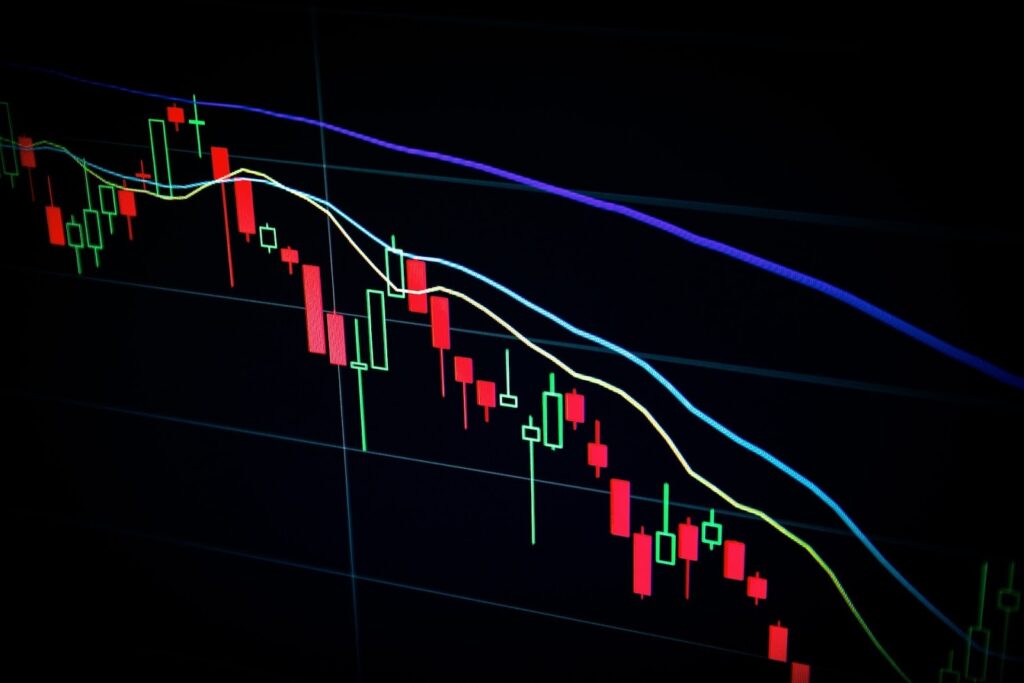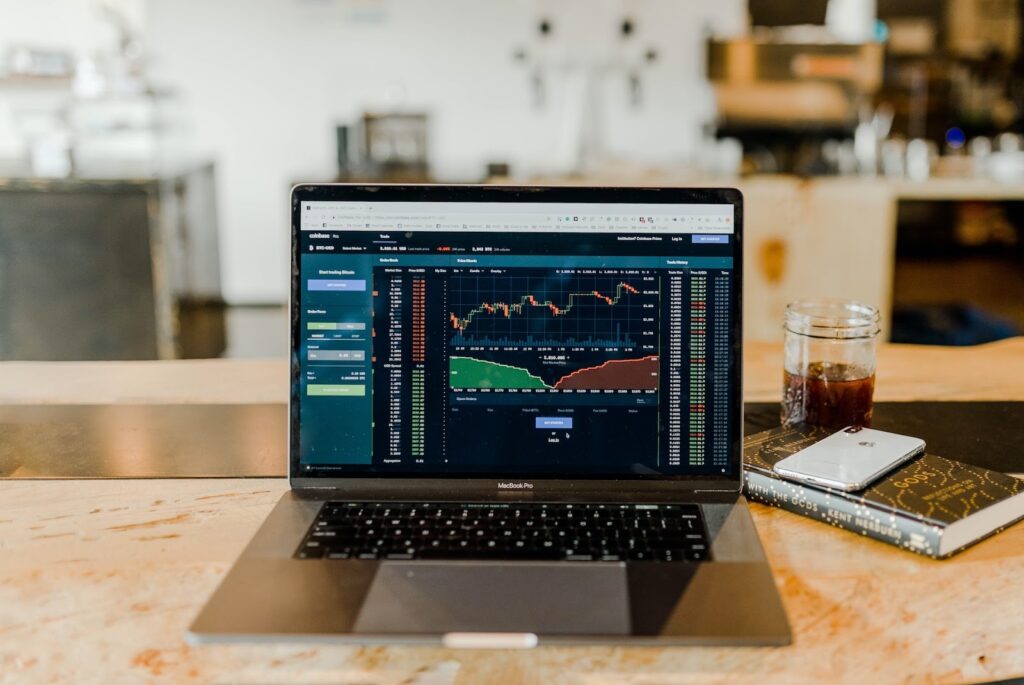Day trading can prove to be a profitable and satisfying endeavor. With sufficient knowledge and expertise, you could make a killing in no time and take home real cash. But if you’ve made any money in the past, you know the dreaded side effect: Taxes! So, as a day trader, you want to be as strategic as possible with your taxes.
If you’re into day trading, you can have access to various tax strategies for traders that can help you bring down your overall investor tax liabilities. So, don’t want to take chances with your money or don’t want to worry about your taxes? You should read this comprehensive guide on day trading taxes to the end.
This day trading tax guide will help you avoid some of the typical pitfalls that traders face and provide investor tax tips for effective tax planning for investors in day trading.
How Day Trading Taxes Are Calculated
When someone does day trading, they buy stocks and bonds when they are cheap and attempt to sell them at higher rates or “short” them if they think the price will go down. When the asset’s value increases, the day trader earns a profit on their capital. Say you bought $400 worth of Apple shares at the beginning of the business day and traded them for a total of $500 at the close of the day. This is called a capital gain.
According to the Internal Revenue Service, income from capital gains is subject to capital gains tax. Thus, regardless of your yearly total income, you will perpetually be obligated to pay day trading taxes on whatever profits you earn.

Unlike investments held for the long term, day trading is subject to different taxes. When you sell stocks, you pay more taxes if you keep the funds in the stock market for less than 12 months. Day traders who engage in short-term buying and selling must pay extra taxes.
Meanwhile, it’s easy to see how day trading affects your taxes. As previously stated, the day trade tax rate exceeds long-term investment tax rates. The Internal Revenue Service (IRS) uses the same investor taxation rules for short-term capital gains as ordinary income.
Thus, day trading proceeds are considered regular income and are taxed like passive income taxes. For example, if you have $40,000 in regular income and $20,000 in short-term capital gains during a particular tax year, your overall taxable income comes to $60,000.
Trader Tax Status
You can be eligible for trader tax status (TTS) provided you trade for at least 30 hours weekly. With this label, you may reduce your taxes by offsetting gains with losses that are more than $3,000. As per regulatory requirements, trading income and losses may be recognized and reported as Schedule C business expenses.

How Day Traders Can Manage Investor Tax Responsibilities
Due to the high taxes associated with day trading, traders are left looking for measures to minimize their tax liability. One such approach is to employ a retirement account since capital gains in an IRA are not taxed annually. Only when you withdraw your earnings do you pay taxes.
You may be eligible for tax-free withdrawals from your Roth IRA, irrespective of capital gains. This is as a result of your prior payment of income taxes.
Another way to reduce your yearly tax bill is to control when you withdraw money from your IRA carefully. Your lifetime tax liability reduces significantly if you release a small sum annually.
Another technique is the offset technique. Here, you balance your earnings and losses using trader tax deductions. This can help you reduce your net capital gain when you experience a profit from one trade but a loss from another. Non-professional traders can get up to $3,000 back for every dollar you lose annually.
On the other hand, you can’t sell a stock for less than it’s worth to lower your net taxed income and repurchase it in 30 days. The Wash Sale Rule prevents the IRS from accepting your loss claim.
Key Points for Investors to Remember

An in-depth understanding of the intricacies of day trading taxes does not inherently imply that you must participate in short-term market betting. A tiny percentage of day traders ever make money. Unfortunately, the data indicates that most amateur day traders lose their initial investments.
Making matters worse, day trading taxes demand considerably higher returns than typical investors to justify the trouble. Your transactions must earn an annualized return of 11.7% to match the annual market return of that amount. Considering all the work and research necessary to outperform the market, you will need a return of at least 15% to make investing your money and time in day trading worthwhile.
Investing for the long run to overcome day trading Tax Setbacks
In case you haven’t guessed by now, many financial experts believe that investing for the long term is preferable to day trading. Investors with a longer time horizon can benefit from lower rates on their long-term capital gains. You can get even more trader tax benefits by keeping the money you invest in a tax-advantaged account.
Before asking which account is best, you might also want to answer a vital question: “Do I have to pay taxes on my savings account?”
Instead of taking on large, risky bets, investors thinking long-term tend to spread their money. Historically, untouched diversified portfolios have outperformed traders who overlook the year’s top ten yielding days.
Focusing on long-term investments could make your money grow quicker, minus the increased dangers, expenses, stress, and additional hassles of day trading. Still, the future is hard to predict, and investing is always risky. Ultimately, you must determine which investment strategy is optimal for your needs.
Day Trader Tax Filing
If you know how to file taxes as an independent contractor, you can use Form 8949 to disclose your day trading activities. The data you enter must correspond with Form 1099-B from your trading firm. You may subsequently distill the profit and loss statements on Schedule D tax form.
The following are some other things you should consider if you’re wondering, ‘Should you do your taxes after day trading?’:
When you are a non-professional investor, the net capital losses you can subtract from your taxable income are limited to a maximum of three thousand dollars. This amount is set at $1,500 per year if you have a spouse and file independently.
For non-professionals, losses exceeding $3,000 are not taxable. These are categorized as straight losses by the IRS.
Receipts attesting to your losses are necessary in the event of an IRS investigation.
Per the wash sale rule, you may only retain shares in your portfolio that you plan to deduct losses on for 30 days after their sale.
Estimating your tax payments annually will help you prevent late filing fines and interest.
There are many moving parts when it comes to day trading taxes. So, you should talk to a professional accountant when you’re getting all the necessary paperwork together. Doing so will help you stay out of trouble with the law and the IRS (you won’t have to find out what happens if you don’t file taxes for three years).
A Tax-Inclusive and Tax-Free Day Trading Return Example

After taking into account taxes, the return that you would receive from putting $20,000 in the market will be different from what you would have expected.
Let’s take a case study: after a decade of investing in a stock market exchange-traded fund (ETF) yielding a 10% annual net return, the initial investment would have appreciated $51,874. Should you decide to sell your whole portfolio when the term ends, you will be required to pay $4,781 on the $31,874 capital gain. A total of $27,093 will be your net gain once you deduct the respective taxes.
So, let’s pretend you’re a day trader who has to cover taxes on every trade you do in the short term. To make things simple, we’ll say that your tax is 25%, which is what these trader tax rules say for short-term capital gains tax.
According to trader tax regulations, you must pay taxes annually, reducing the available cash for future investments.
In this case, the return is a lot smaller after taxes. There was an annual tax on your profit from the $20,000 you started with. Despite the same rate of 10%, net profits after a decade-long period were $21,221.52, which is approximately $5,871.48 less than typical investments.
So, to be a profitable trader, you must repeatedly dominate the market for years. However, the stats show that over 20 years, 94% of investors underachieve. When taxes are considered, the outcome is likely to be substantially worse.
Summary
Day trading is more of a craft than a science; it takes a profound familiarity with the market to make substantial profits. A day trader’s journey can be fun if you’re up for the thrill and confident in your ability to weather the inevitable bumps in the road. But the pitfalls don’t end there. Before taking the plunge, you must thoroughly understand tax considerations for traders.
So, you have to think about the tax implications for traders and make the right moves regarding tax-deferred and taxable accounts. Remember, trading excessively in the wrong account can harm your long-term goals. Therefore, you should ensure your trading strategy is consistent with your risk tolerance and primary financial objectives.


